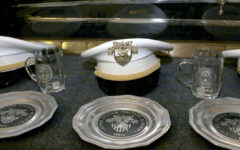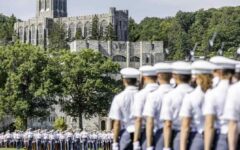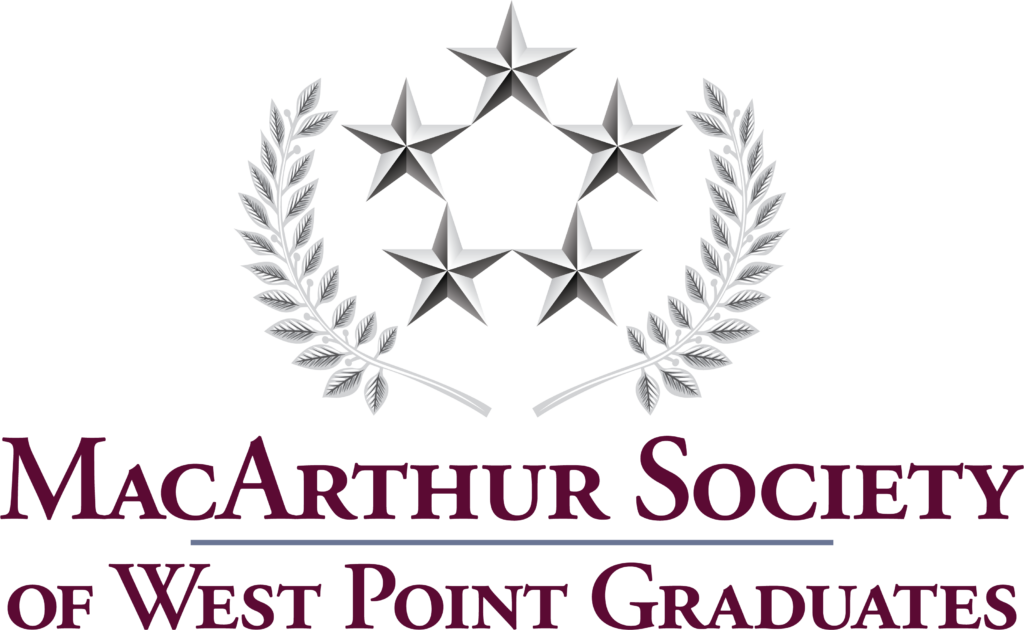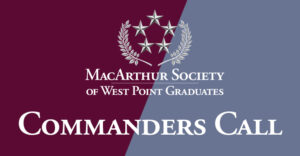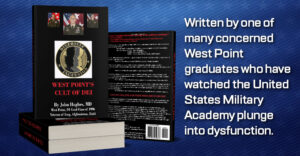The Healing Years
15 January 2024 2024-01-29 14:35The Healing Years
The Association of Graduates of the U.S. Military Academy, 1869-1902
By Captain David A. Pinder
1 December 1993
Submitted to Colonel Johnson and Captain Moten
In Partial Fulfillment of Requirements For LD 720
USMA Tactical Officer Education Program
West Point, New York
On 12 April 1861. General Pierre Gustave Toutant Beauregard, an 1838 United States Military Academy (USMA) graduate and former Superintendent of the Academy, fired upon Major Robert Anderson, an 1825 USMA graduate and Beauregard’s former artillery instructor at the Academy, who was commanding Fort Sumter in Charleston Harbor, South Carolina.
This event not only signified the beginning of the American Civil War, but it also symbolized the division that would occur throughout the country.
West Point was not spared this division, as both cadets and graduates alike fought against each other during the war.
In all, 299 graduates of West Point served in the Confederate armies.1
Although the Civil War officially ended in April 1865, by 1869 Northern and Southern graduates remained divided. Postwar political reconstruction in the South, coupled with congressional legislation in 1866 prohibiting the commissioning of any former Confederate who held any military or civilian position in the Confederate States of America, greatly contributed to the animosity between the graduates.2
Several historians have given the Association of Graduates of the United States Military Academy credit for reuniting the Northern and Southern graduates of the Academy after the American Civil War.
Sidney Forman, in his book. West Point A History of the United States Military Academy, says that “the Association of Graduates of the United States Military Academy gave great impetus to bringing together the military officers of both sections.” 3
Stephen E. Ambrose, in his book. Duty, Honor, Country: A History of West Point, says that after the Association of Graduates was formed, “Yankees and Rebels got together and talked of old times” at the annual meetings.4
Even Thomas J. Fleming, in his book. West Point The Men and Times of the United States Military Academy, original motive for forming the Association of Graduates was ” the wish to heal wounds and to preserve the spirit of Appomattox. …”5
In analyzing the views of these historians, one must question whether they are correct in their assessment of the role and influence of the Association of Graduates. Was the Association formed with the specific intent to reunite the Academy’s Northern and Southern graduates after the Civil War and, if so, did the Association succeed in its charter?
Walter Scott Dillard, in his dissertation. The United States Military Academy, 1865-1900: The Uncertain Years, disagrees with other historians who think so. He states that “the Association of Graduates must be discounted, therefore, as a significant force in the healing of the bitterness remaining after the Civil War between the loyal Union West Pointers and their Confederate counterparts.”
A close analysis will reveal that the Association was founded with its primary mission being one of reunification.
From 1869-1902, the Association played a significant role in the reunification process by bringing both Northern and Southern graduates back to the Academy for annual reunions that promoted “social intercourse and fraternal fellowship.”
Throughout this period there were significant events that clearly illustrate the significant role the Association of Graduates played in healing the wounds caused by the Civil War.
Ironically, on 28 January 1889, Major Robert Anderson, in a letter to Sylvanus Thayer, recommended the formation of an Association of Graduates of the United States Military Academy.
Anderson wrote that the aim or purpose of the Association would be “to see what should be done to perfect and perpetuate this truly national institution, our venerable Alma Mater.”7
Anderson invited Thayer to preside over the first meeting of the proposed association, which was to be held on 22 February 1869 at the College of the City of New York.
In his return letter to Anderson, Thayer, because of very poor health, declined the invitation but approved fully of the idea to form an association of graduates.
Like Anderson, Thayer foresaw such an association playing a major part in making changes and improvements at the Academy. In fact, Thayer listed three propositions that the Association of Graduates should focus on to improve the Academy.
First, he recommended changing the method of appointment to West Point to a competitive exam. Second, Thayer recommended a permanent Board of Improvement, and third, he recommended an Inspector of Studies.8
From the language used in the correspondence between Robert Anderson and Sylvanus Thayer, both agreed that the object of an association of graduates should be to promote the welfare of the Academy.
Unfortunately, neither Anderson nor Thayer was able to attend the organizational meeting that took place in the office of Dr. Horace Webster, USMA Class of 1818 and President of the College of the City of New York on 22 February 1869.
Present at the meeting were Dr. Webster, Alexander s. Webb (Class of 1855), Abraham Van Buren (Class of 1827), Francis Vinton (Class of 1830), and Thomas J. Leslie (Class of 1815).
These five graduates saw a different object for the Association of Graduates than that proposed by Anderson and Thayer. Although no official minutes of this meeting exist, it appears that three significant outcomes resulted from this meeting.9
The first, and perhaps the most significant outcome of the meeting, was the Association’s Constitution and By-Laws (see Appendix 1).
Ignoring the original object of the Association posed by Anderson and Thayer, this document restricted the Association to a purely social role. Article II of the Constitution reads:
“The object of this Association shall be to cherish the memories of our Alma Mater, and to promote the social intercourse and fraternal fellowship of its graduates.”10
Clearly, the Association’s founding fathers envisioned both Norther and Southern graduates coming back to the Academy to renew old friendships tom apart by the Civil War.
To insure that the object of the Association was enforced, the framers wrote Article IV of the Constitution to read:
“Political, or any other discussions foreign to the purposes of the Association, as set forth in this Constitution, or any proceedings of such tendency, are declared inimical to the purposes of this organization, and are prohibited.”11
With these official ground rules, the Association could begin its reunification effort.
The second significant outcome of the meeting was the decision to name Sylvanus Thayer as the first President of the Association, a position he would hold until his death in 1872. This is significant because Thayer, who was in severely bad health, would not be able to attend any annual meetings of the Association.
Thayer’s absence allowed Professor Charles Davies, the next senior member of the Association, to be unanimously elected permanent chairman of the Association and preside over five of the first six annual meetings.12
Like Thayer, Robert Anderson also never attended a meeting of the Association because of his poor health. Anderson died on 26 October 1871, never having seen the fruits of his 1869 idea. Thus, in Thayer and Anderson’s absence the Association could focus on its object.
The third significant outcome of the original meeting in 1869 was the decision to send letters to all living graduates of the Academy requesting their membership in the Association.
As a result, the Secretary of the Association sent letters to all living graduates, North and South alike. . . . . (read the rest)


